One thing many children look forward to about fall is getting to carve or decorate a pumpkin. As a parent, you can capitalize on that excitement by squeezing some learning in with all of the fun. Here are some ways to practice science and math skills with your child while pumpkin carving.
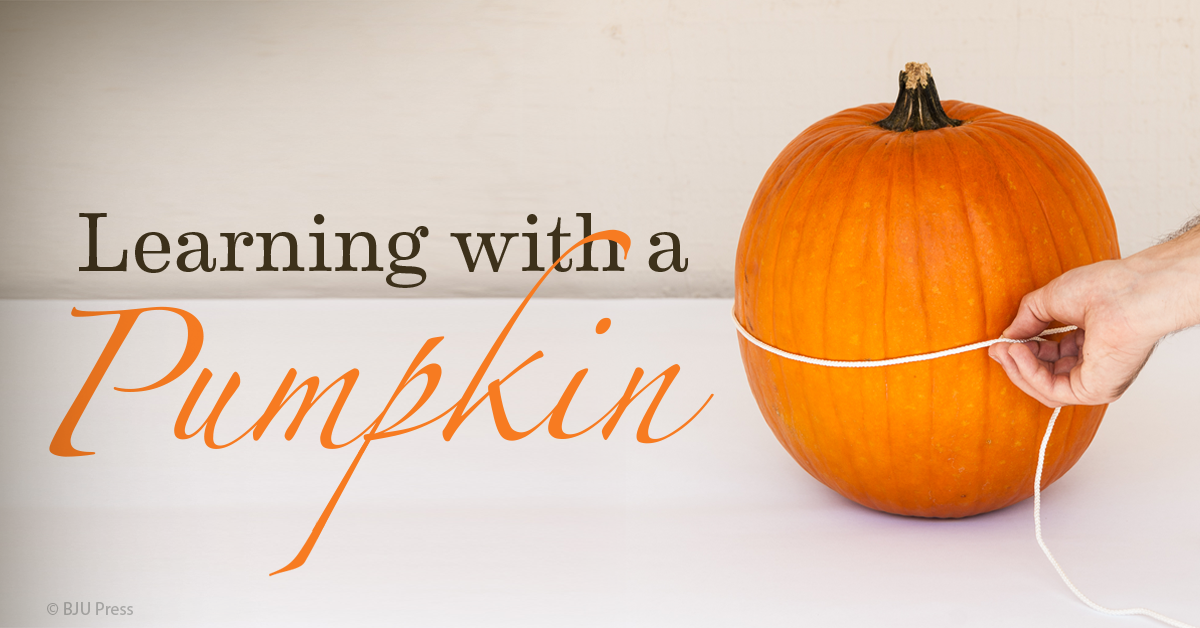
Before carving the pumpkin, start off by weighing it. A normal household scale will do. If the pumpkin is not too heavy, have your child pick it up and guess the weight. Then he can weigh it. This activity will help build his ability to associate perceived weight with an actual measurement. Our pumpkin weighed in at a whopping 14.5 pounds!
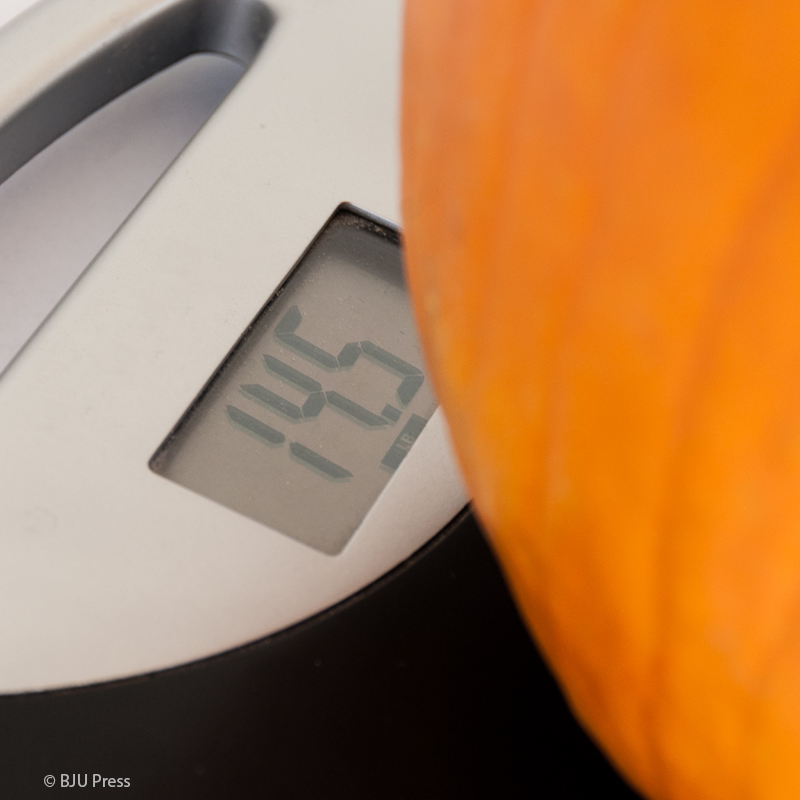
Next, your child can measure the pumpkin’s circumference using a piece of string or yarn along with a yardstick or tape measure. Once he has determined the circumference, take the calculations to the next level (if age appropriate) and have your child use the following geometric formulas to find the diameter and radius.
C = πd (circumference = 3.14 × diameter)
d = 2r (diameter = 2 × radius)
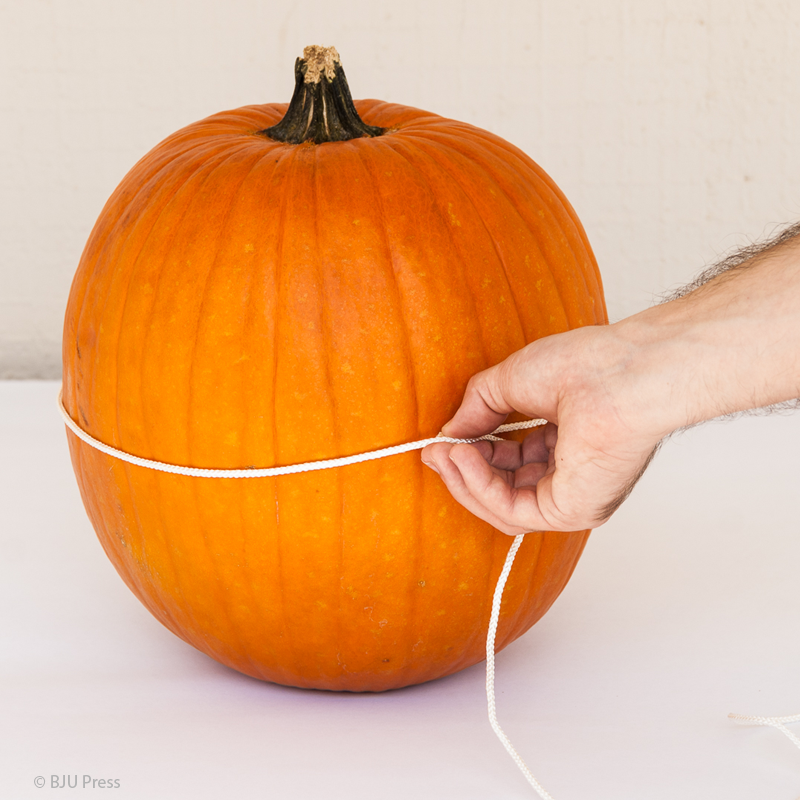
After you or your child cut the pumpkin open (we recommend providing supervision), have your children count the total number of pumpkin seeds by separating them into rows of five or ten. This practice is great for helping younger children understand multiplication.
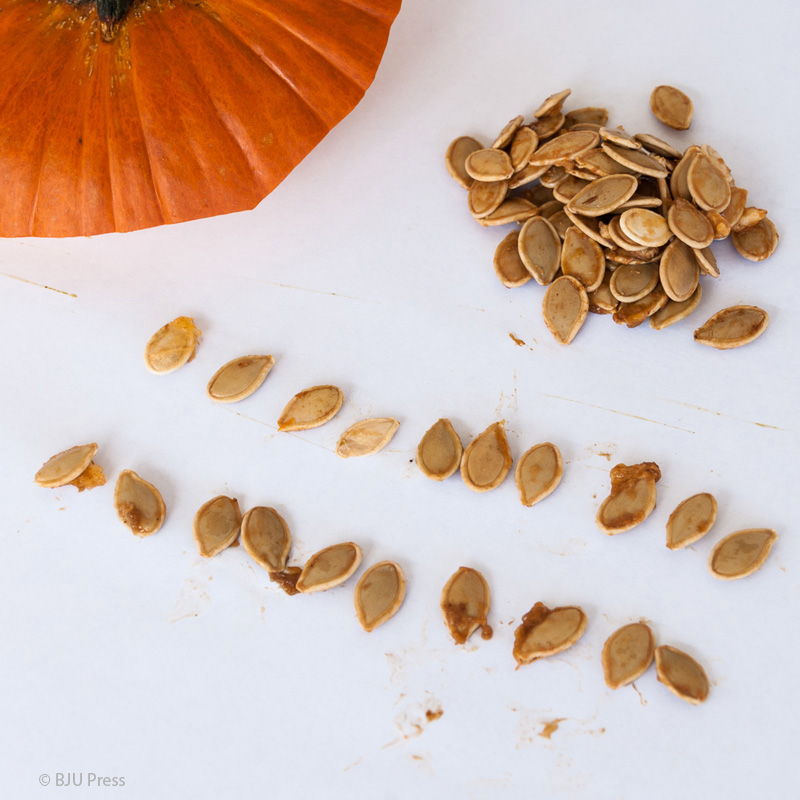
Once the inside of the pumpkin is cleaned out, have your child fill it with water using a measuring cup to determine how much liquid it can hold. Ask him to estimate beforehand how much he thinks it will hold and then compare that with his findings. Subtract to see how far off the estimate was. Our pumpkin held just over 5 liters of water.
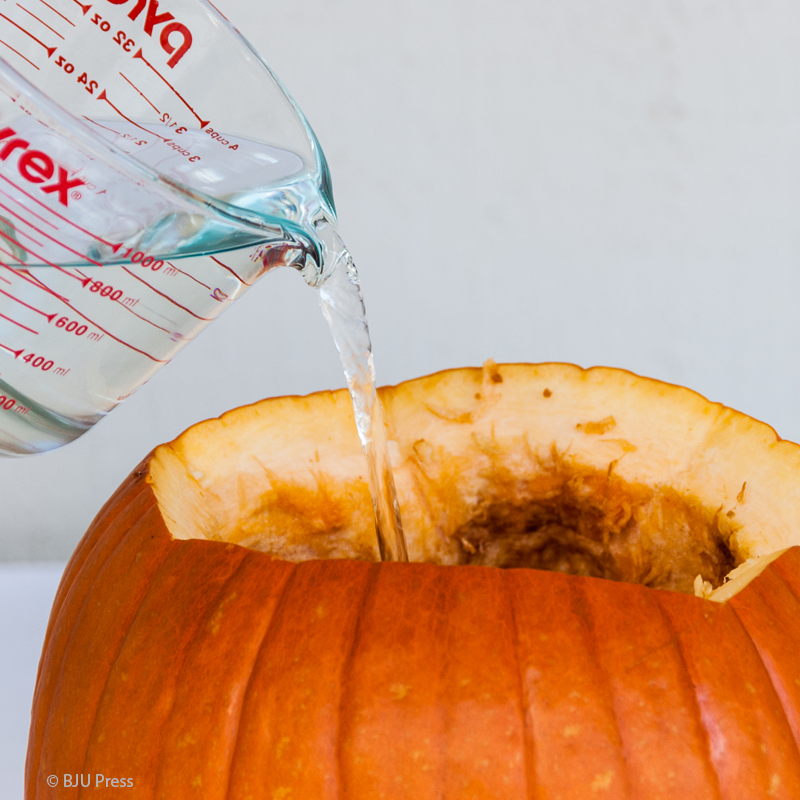
I hope you enjoy using this learning activity with your child. Be sure to subscribe to our homeschool email for more fun homeschooling ideas!
Leave a Reply